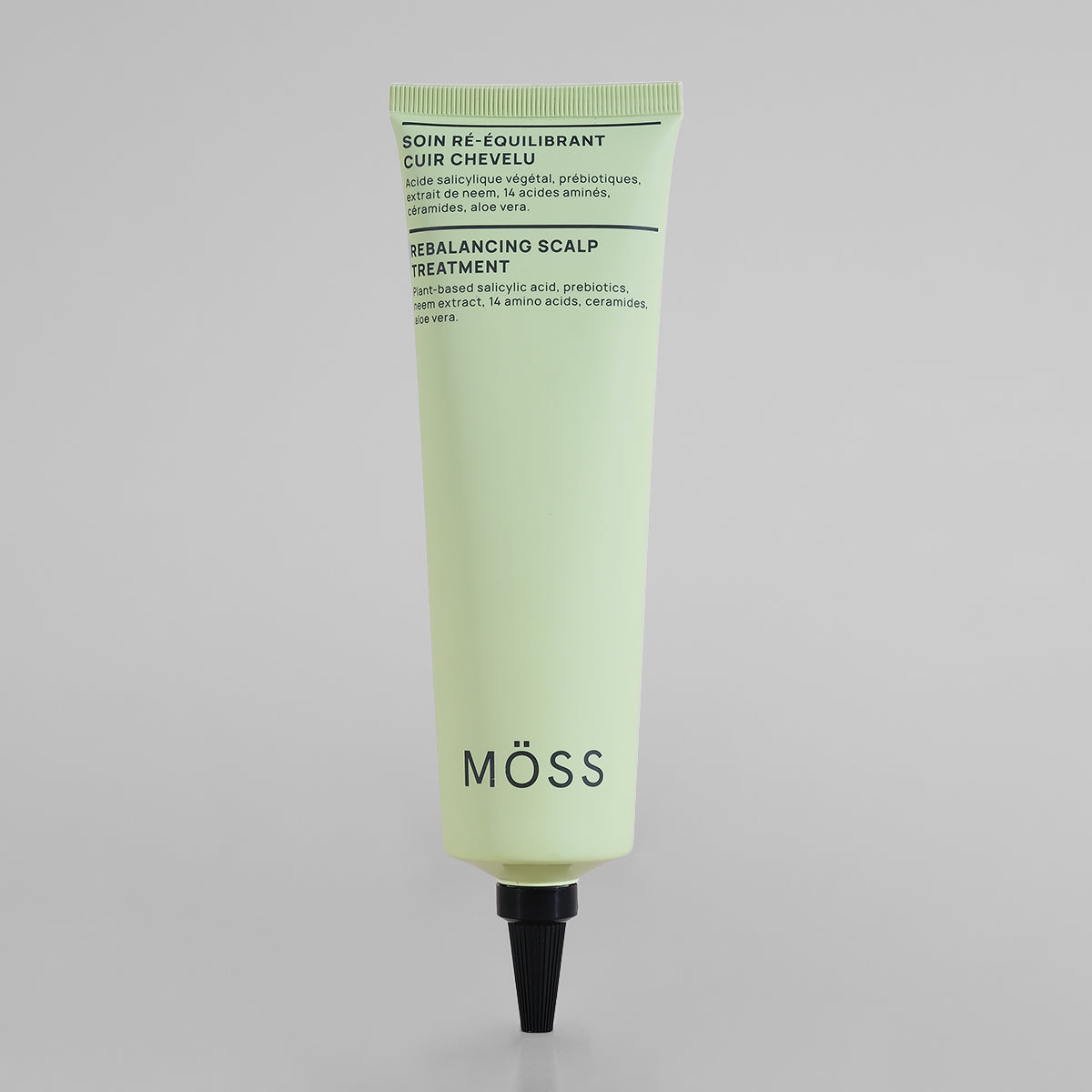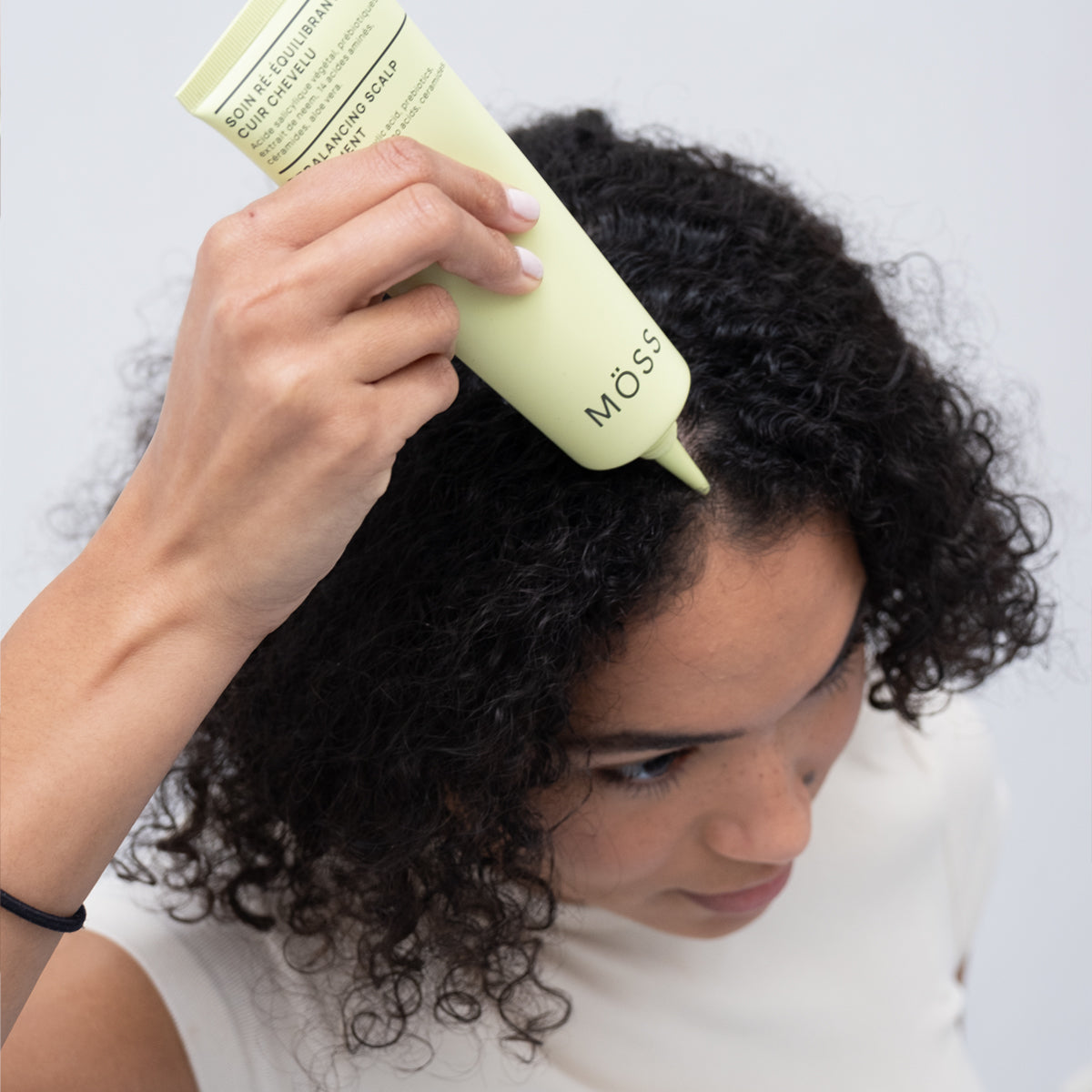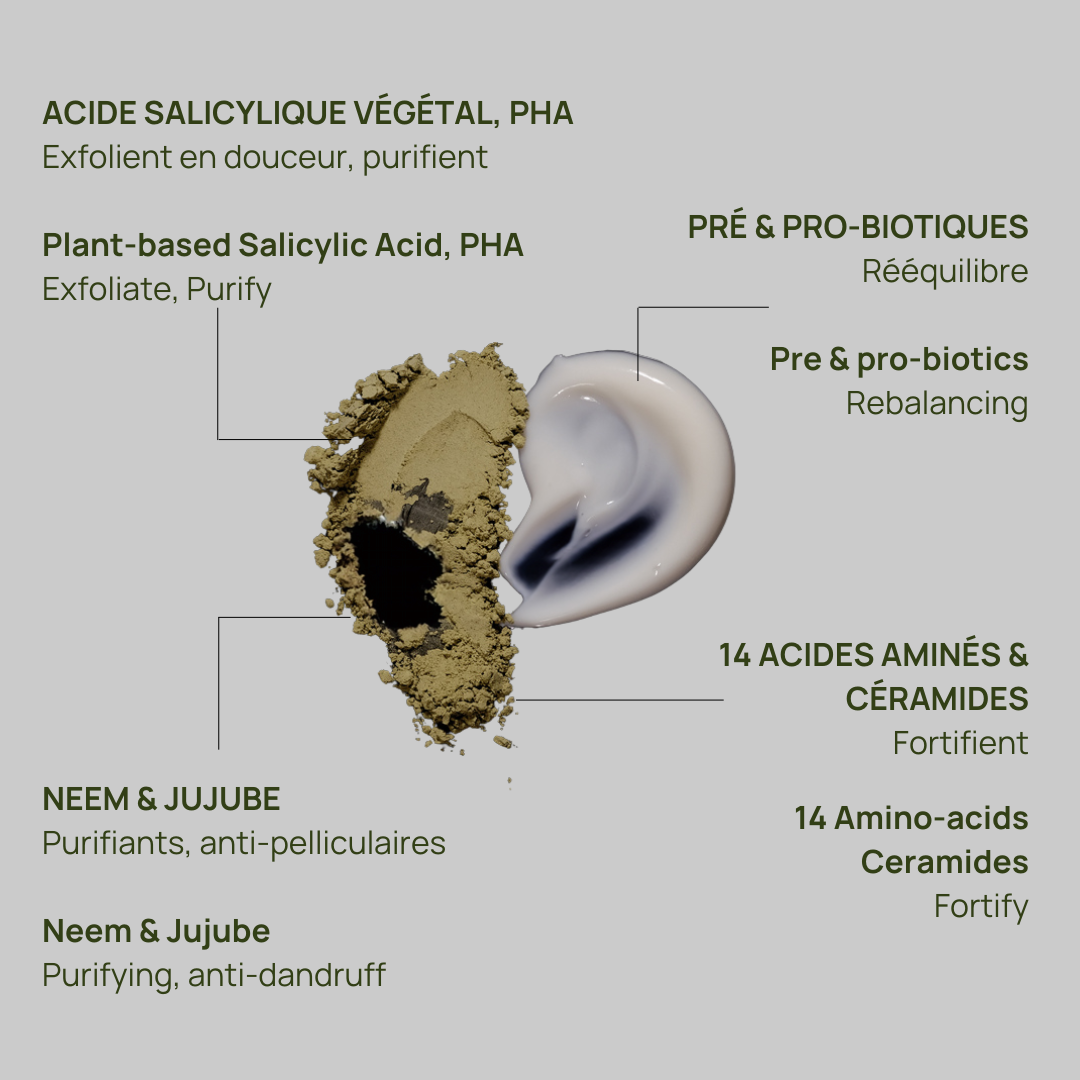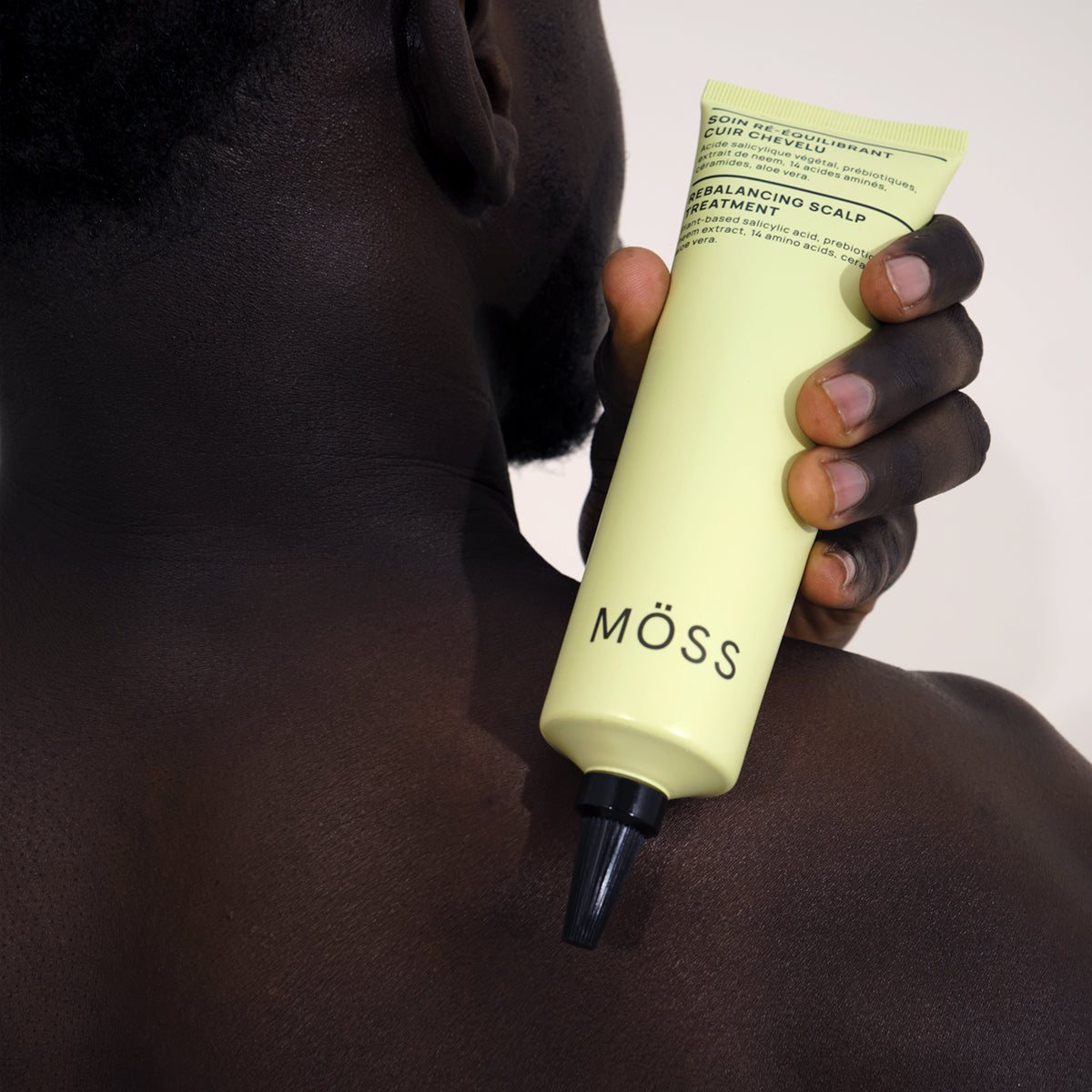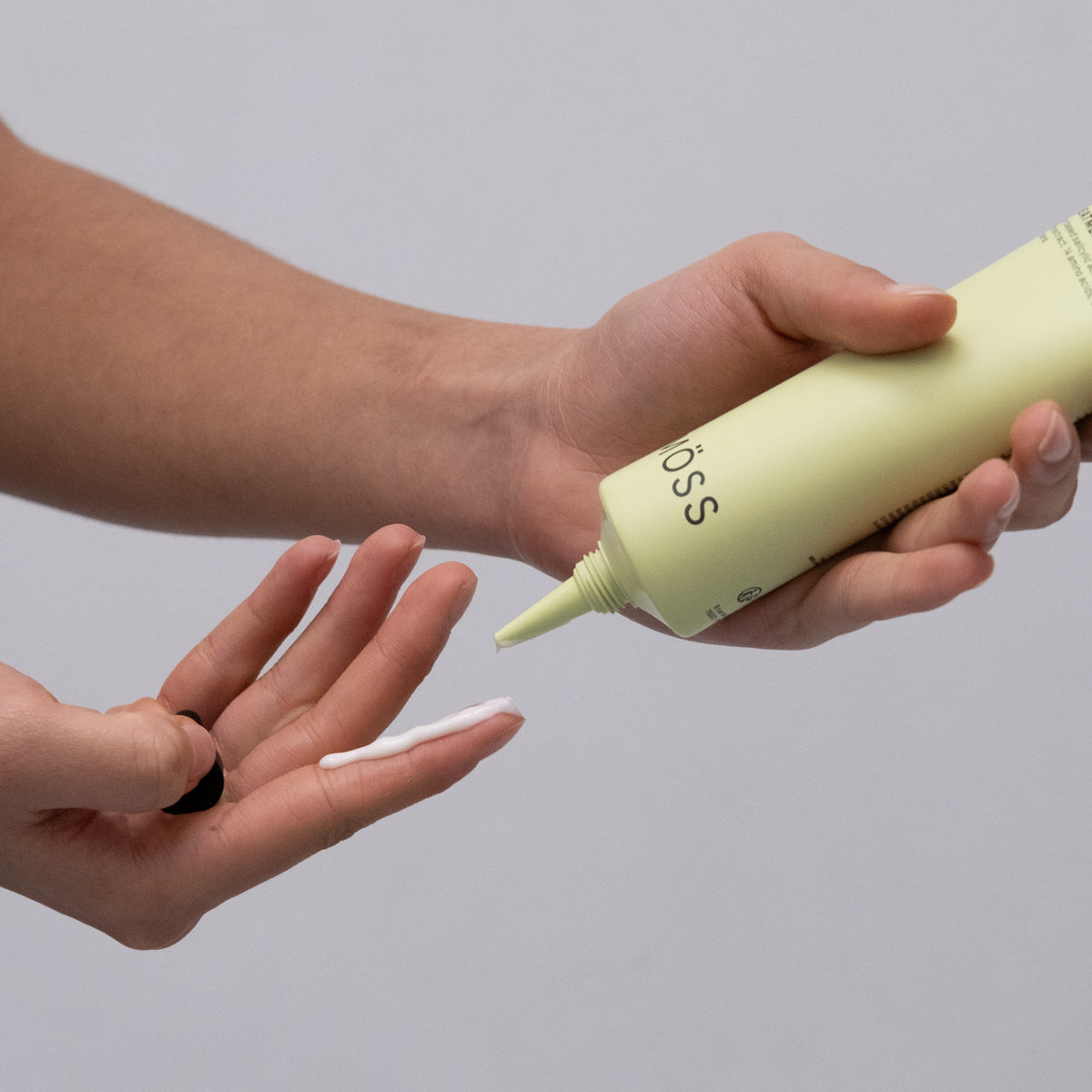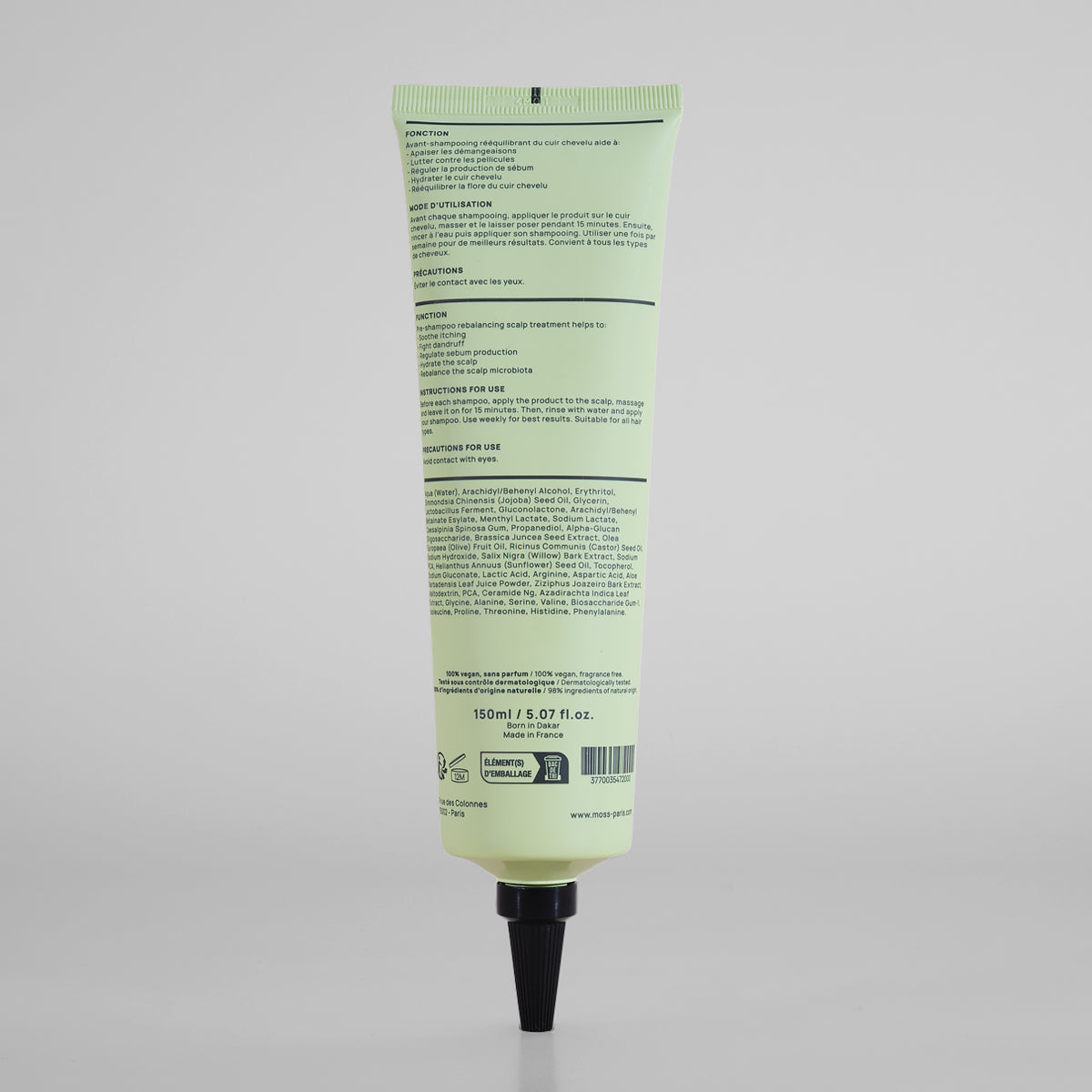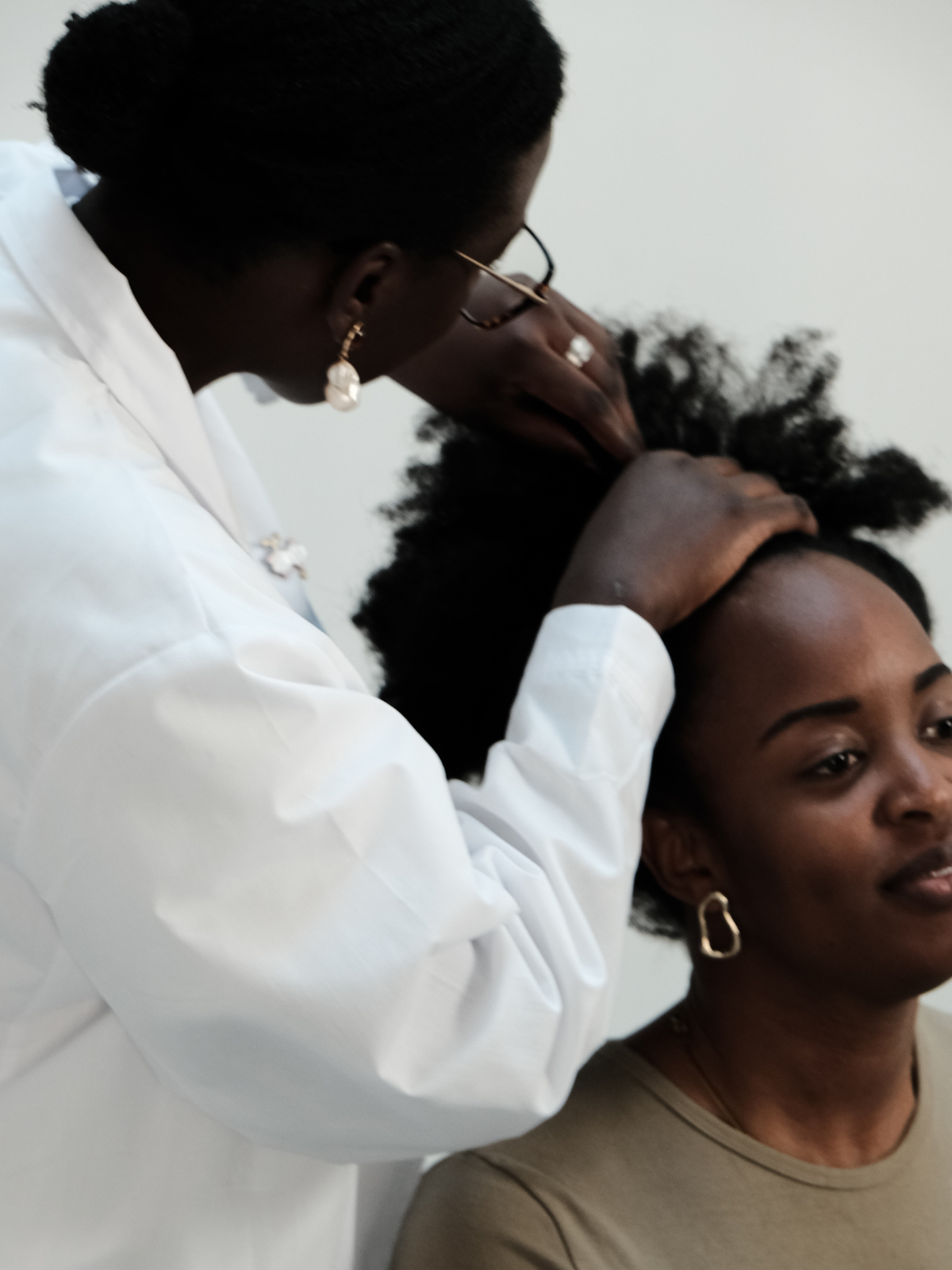Why should you avoid tight hairstyles, regardless of hair texture?
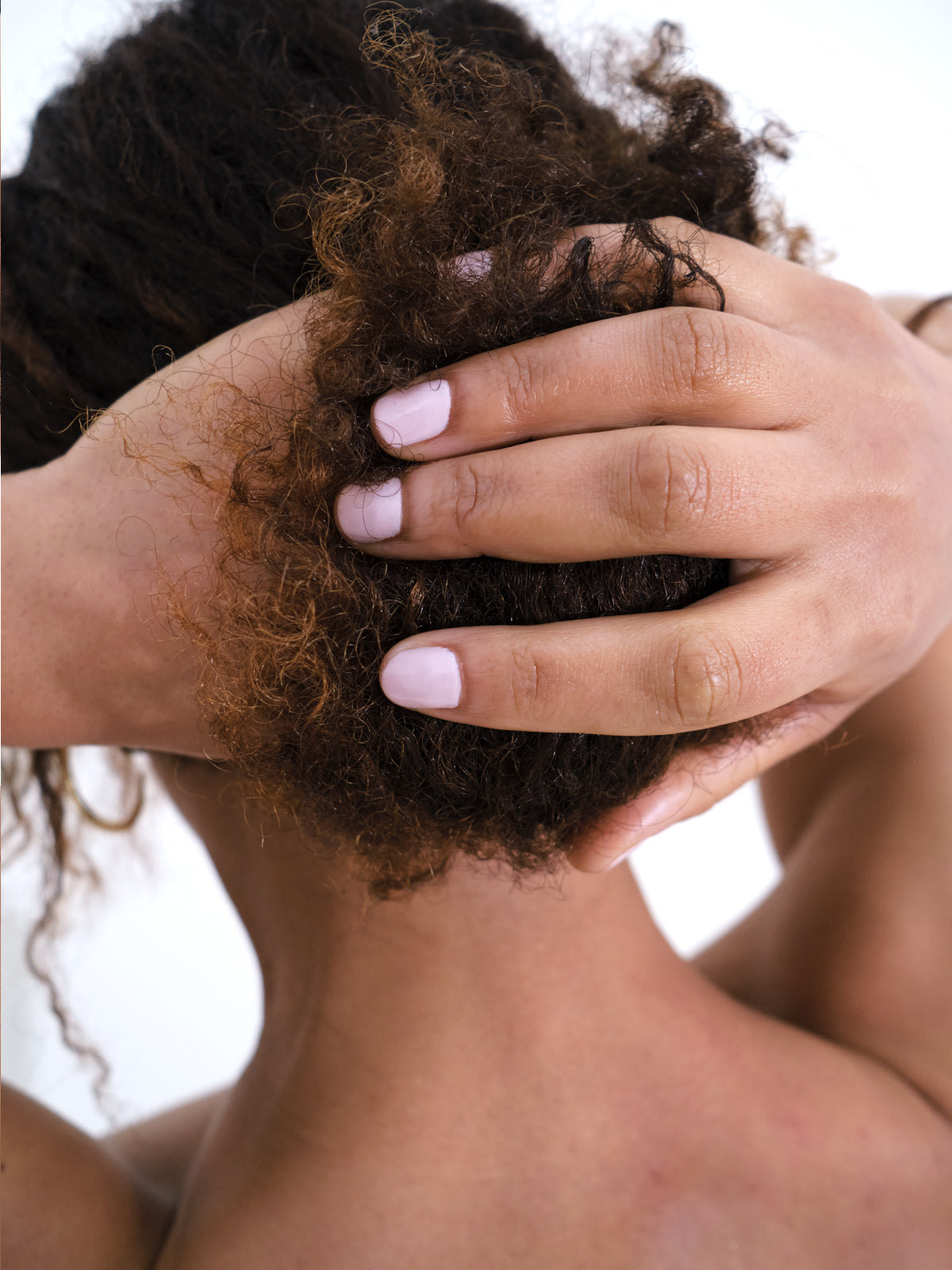
Tight hairstyles – braids, pulled buns, pigtails, weaves, high ponytails, tight locks and other styles – when done incorrectly pose a risk of hair loss. These hairstyles can weaken the scalp and the health of the hair. What are the risks associated with tight hairstyles and what are the solutions to protect the scalp and hair.
1. The effects of tight hairstyles on the scalp and hair.
Tight hairstyles, when done frequently, put significant strain on the hair fiber and scalp. This physical stress can lead to several harmful effects:
- Constant Pulling : By pulling the hair forcefully, these hairstyles create continuous tension on the hair follicles, which can lead to hair breakage and, in some cases, prolonged hair loss called traction alopecia.
- Scalp Weakening : Tension from tight hairstyles can disrupt blood circulation to the scalp, which is essential for delivering nutrients needed for healthy hair.
- Risk of irritation and increased sensitivity : The scalp is particularly sensitive and can become sore or irritated under the constant pressure of tight hairstyles.
These effects can affect any type of hair. Even for the thickest hair, the consequences of a hairstyle that is too tight can be irreversible if done frequently without rest.
2. Why is textured hair particularly vulnerable?
Textured hair, including curls and kinky textures, has unique characteristics: a structure that is more sensitive to handling and often drier, due to the difficulty for natural oils to distribute evenly throughout the hair fiber. When braided or tied tightly, it becomes more vulnerable to breakage and mechanical damage.
For this hair type, handling as little as possible minimizes tension and is best to preserve their long-term health.
3. Traction alopecia: a risk for all hair types
Traction alopecia is a form of hair loss related to physical and mechanical stress on the hair follicle. It often occurs gradually, with the first areas affected being the temples and the frontal hairline. Symptoms include:
- Thinning areas on the scalp, especially around the face.
- Mild inflammation or redness around the follicles, a sign of irritation.
- The sensation of sensitive or painful scalp to the touch.
If traction alopecia is not detected early, it can cause permanent damage to the follicles, making hair regrowth difficult or impossible in the affected areas. Möss recommends vigilance and alternating hairstyles to protect the health of your hair and scalp.
4. Alternatives to protect your hair and scalp
Adopting pull-free hairstyles and respectful practices are essential to prevent the adverse effects of tight hairstyles. Here are some simple and effective recommendations to protect your hair:
- Alternate styles : Opt for looser hairstyles like loose braids, low, relaxed buns, or loose ponytails.
- Use soft accessories : Choose metal-free fabric elastics and clips that don't snag hair, reducing the risk of breakage and friction.
- Let your scalp breathe : Give your hair regular periods of rest by leaving it down or using protective styles without excessive tension.
- Adopt a scalp care routine : Incorporate a rebalancing treatment that restores the balance of the scalp and strengthens the hair at the roots. A healthy scalp is more resistant to physical and environmental aggressions.
No matter your hair texture, it's important to be aware of the signs of hair stress and adopt caring practices. Healthy hair requires patience, attention, and kindness. By avoiding tight hairstyles and adopting balancing hair solutions, you can help preserve the beauty and health of your hair for the long term.
The Möss philosophy: a gentle and respectful approach for every hair texture
At Möss, we firmly believe that hair health is based on a preventative and gentle approach. Tight hairstyles may provide temporary aesthetic satisfaction, but the health of your hair should always come first. Möss advocates the idea of respectful hair care, which takes into account the specific needs of each hair texture without compromise.
